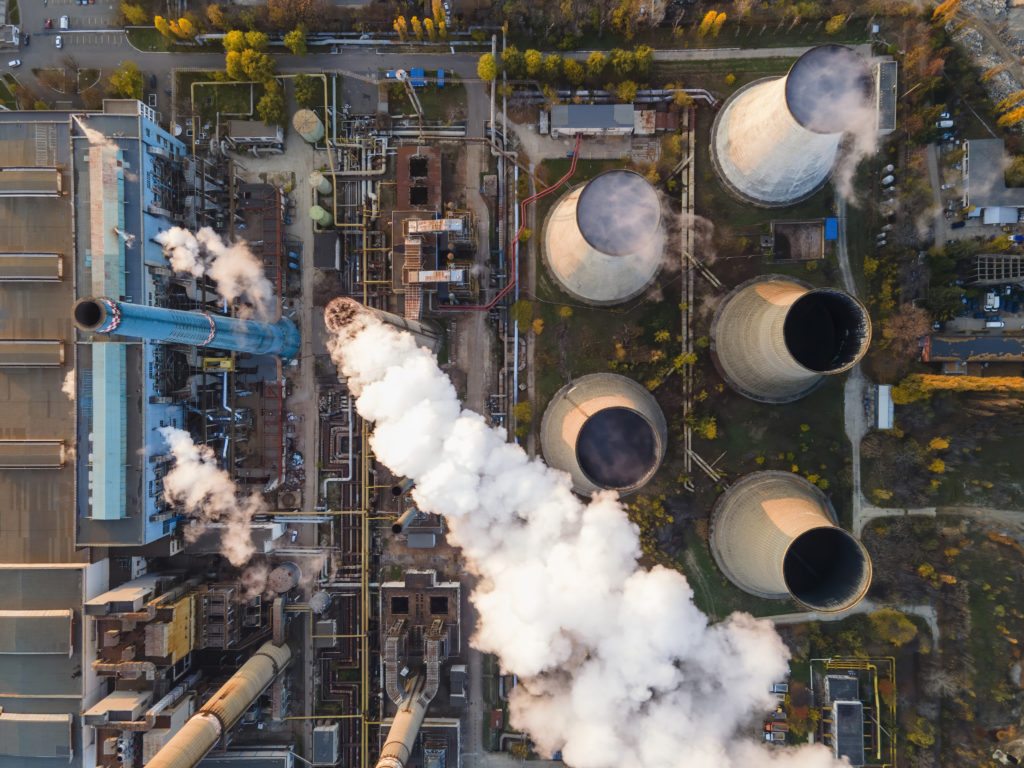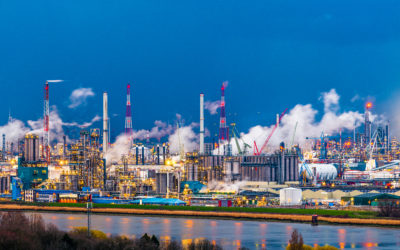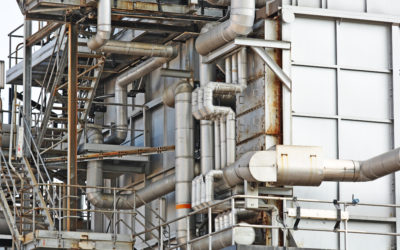Preventing Uniform Corrosion in Heat Exchangers
Heat exchangers play a crucial role in various industries by transferring heat between fluids. Unfortunately, corrosion—particularly uniform corrosion—can drastically reduce the lifespan and performance of heat exchangers. Uniform corrosion is the widespread thinning of metal across the heat transfer surface. While this type of corrosion is often detectable, it poses significant risks if not addressed.
What is Uniform Corrosion?
Uniform corrosion occurs when the corrosive elements affect the entire surface of a heat exchanger. The most common cause is exposure to aggressive elements like chlorides and oxygen in the fluid environment. Over time, the thinning of the metal increases stress on the material, eventually leading to failure. Visual inspection can reveal this corrosion, but without proper prevention, maintenance costs can skyrocket.
Factors Contributing to Uniform Corrosion
Uniform corrosion in heat exchangers is influenced by several factors:
- Chemical Composition of Fluids: Elements like chlorides and dissolved gases can accelerate corrosion.
- Operating Conditions: High temperatures and pressure can worsen the rate of corrosion.
- Material Selection: Choosing improper materials that do not passivate in the given environment can make heat exchangers more susceptible to uniform corrosion.
While detection is easier compared to other forms of corrosion, the consequences of uniform corrosion can still be severe. This is where proper material selection and surface treatments become essential.
Surface Treatments as a Solution
A highly effective method to reduce uniform corrosion in heat exchangers is through the application of surface treatments like HeatX. HeatX is a nano-surface treatment designed to form a protective layer, enhancing the corrosion resistance of metallic surfaces.
Benefits of Using HeatX for Corrosion Prevention:
- Reduces Metal Thinning: By forming a protective layer, HeatX limits direct contact between the metal and corrosive fluids, significantly slowing the rate of corrosion.
- Improves Heat Transfer Efficiency: Corrosion can reduce the heat transfer efficiency, but with HeatX, the integrity of the heat transfer surface is maintained.
- Cost-Effective: By extending the lifespan of heat exchangers and reducing the need for frequent maintenance, HeatX lowers overall operational costs.
Economic and Environmental Impact of Corrosion
Corrosion in heat exchangers contributes to significant financial losses in various industries. According to studies, corrosion costs industries billions of dollars annually due to equipment replacement, preventive maintenance, and system downtimes. Additionally, corrosion can lead to environmental risks, such as leakage of hazardous fluids, which can pose safety concerns for both employees and the surrounding community.
By incorporating advanced surface treatments like HeatX, industries can not only save on costs but also reduce their environmental impact, ensuring safer and more reliable operations.
In conclusion, uniform corrosion poses significant risks to the operation and efficiency of heat exchangers. Without proper prevention strategies, this form of corrosion can result in frequent maintenance and costly repairs. By implementing nano-surface treatments like HeatX, industries can enhance the corrosion resistance of their heat exchangers, ensuring long-term reliability and efficiency. Learn more about HeatX with our experts.



